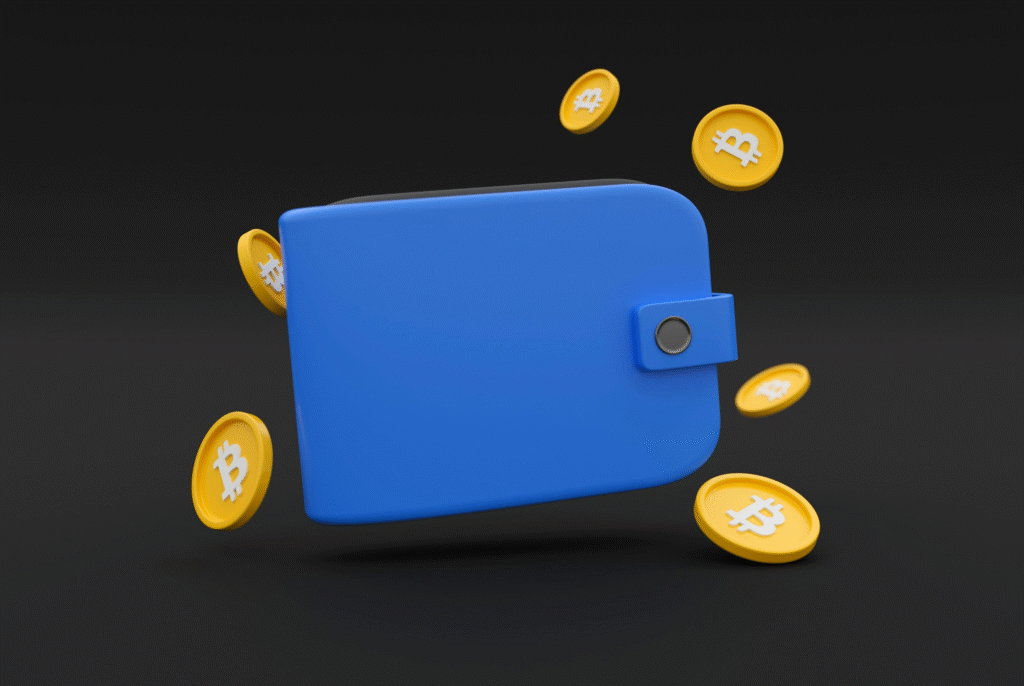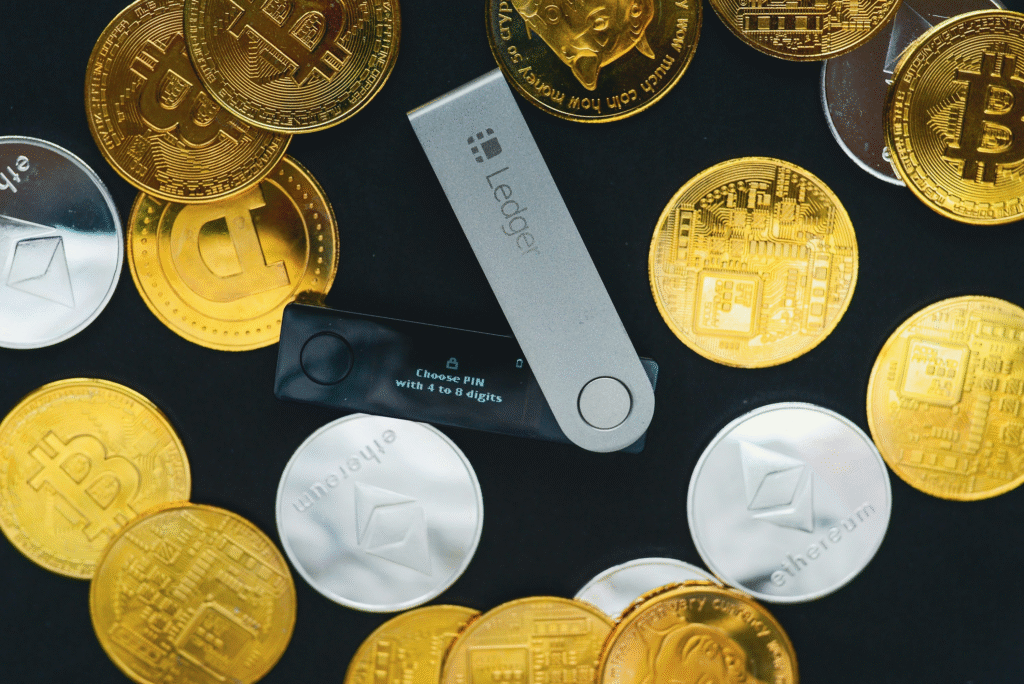The digital currency market has been growing at record speed, and today, billions of dollars worth of cryptocurrencies are being traded every single day. While this growth has opened up incredible financial opportunities, it also comes with risks. Reports show that stolen cryptocurrency from cyberattacks has reached billions in recent months. These are not small-time losses—some individuals have lost their entire digital savings overnight. That’s why learning how to store crypto safely is one of the most important steps every investor should take before diving deeper into this market.
Whether you’re buying Bitcoin for the first time, investing in Ethereum, or exploring newer tokens, your assets are only as secure as your storage method. Think of it this way: you wouldn’t keep your life savings under your bed without a lock. The same principle applies to digital currencies—you need storage solutions that are safe, reliable, and built to protect against hackers.
In today’s guide, we’ll break down everything you need to know about storing crypto safely, from wallets to common mistakes to avoid. If you’ve ever asked yourself, “Where should I keep my crypto?” this post is for you.
Table of Contents
Why Is Storing Crypto Safely So Important?
Unlike money in a traditional bank account, cryptocurrencies don’t have government-backed insurance. For example, if your bank account is hacked or your card is stolen, you can often recover your money through fraud protection. With crypto, this doesn’t exist. Once your crypto is gone, it’s nearly impossible to retrieve.
This makes safe storage essential. By ensuring your private keys and wallets are secure, you’re protecting not only your tokens but also your financial future.
Key Takeaways
- Crypto is only as safe as the storage method you use.
- Cold wallets (hardware) remain the most secure option for long-term holders.
- Always enable security features like two-factor authentication.
- Keep multiple backups of recovery keys and never share them.
- Regularly check for phishing scams and fake wallet apps.
What Are the Main Storage Options for Crypto?
When people talk about storing cryptocurrencies, they usually refer to “wallets.” But a crypto wallet isn’t like the one you carry in your pocket. Instead, it’s a tool that helps you manage your private keys securely.
Here are the primary types of wallets:
1. Hot Wallets (Online Wallets)
Hot wallets are connected to the internet. These include apps, web-based wallets, or wallets offered by exchanges.
– Pros: Convenient, easy to access, great for frequent trading.
– Cons: Higher risk of hacking, phishing attacks, and malware.
2. Cold Wallets (Offline Wallets)
Cold wallets store your crypto offline. These are not connected to the internet, making them much harder for hackers to reach.
– Pros: Very secure, less vulnerable to attacks.
– Cons: Less convenient, requires physical storage and backup.
3. Hardware Wallets
These are physical devices designed specifically to store crypto securely. Think of them as USB-like devices that store your keys offline. They’re one of the best solutions for long-term holders.
4. Paper Wallets
A printed version of your public and private keys. These can be safe if stored properly, but they’re easy to lose or damage.
Hot Wallets vs Cold Wallets: Comparison

To help you decide which wallet works best for your needs, here’s a side-by-side comparison:
| Feature | Hot Wallets (Online) | Cold Wallets (Offline) |
| Security | Lower (connected online) | Higher (offline storage) |
| Convenience | Easy to use daily | Less convenient |
| Risk of Hacks | High | Very Low |
| Best For | Traders, beginners | Long-term holders |
| Cost | Often free | Usually $50–$200 |
How to Store Crypto Safely: Step-by-Step Guide
Now that you know the wallet options, let’s cover some practical steps to ensure safe storage of your digital assets:
1. Use Hardware Wallets for Long-Term Security
If you plan on holding your crypto for years, hardware wallets are one of the safest bets. Brands like Ledger and Trezor are widely recommended.
2. Enable Two-Factor Authentication (2FA)
Always secure exchanges and online wallets with 2FA. Apps like Google Authenticator add an extra layer of defense.
3. Backup Your Keys and Recovery Phrases
Losing access to your private keys is like losing your house keys permanently. Always store backups in a safe place (preferably multiple places).
4. Never Share Your Private Keys
Your private key is like the password to your wallet. Whoever has it, owns your crypto. Consider it secret, like the PIN to your debit card—but even more important.
5. Use Reputable Exchanges Only
Stick with exchanges that have strong security frameworks and established reputations. Always withdraw large amounts of crypto to your personal wallets rather than leaving it on exchanges.
Common Mistakes When Storing Crypto

Many losses could have been avoided if people were aware of these mistakes:
- Leaving crypto on exchanges for long periods
- Failing to back up wallet recovery phrases
- Using weak passwords or reusing passwords
- Falling victim to phishing scams
- Not updating software and firmware on wallets
Avoiding these mistakes will put you ahead of most casual investors.
Frequently Asked Questions About Storing Crypto Safely
1. What is the safest way to store crypto?
The safest method is using a hardware wallet stored offline, combined with secure backups of recovery phrases.
2. Should I keep my crypto on exchanges?
No. Exchanges are convenient but risky. Always transfer large amounts to a private wallet.
3. What’s the difference between hot and cold wallets?
Hot wallets are online and easier to use daily. Cold wallets are offline and better for long-term, secure storage.
4. Can I lose my crypto if I forget my private key?
Yes. Without your private key or backup phrase, access is lost permanently.
5. Are paper wallets a good option?
They can work if stored securely, but they’re prone to physical damage or loss.
6. Do hardware wallets ever get hacked?
It’s rare, but possible if you connect them to compromised devices. Proper use makes them very secure.
7. How do I protect against phishing scams?
Always double-check website URLs, avoid clicking on random links, and never share private keys.
8. Is storing crypto on my phone safe?
Mobile wallets are convenient but considered higher risk. Use only for small amounts.
9. Should I spread my crypto across multiple wallets?
Yes, diversifying storage reduces risk. For example, keep trading amounts in a hot wallet and long-term holdings in a hardware wallet.
10. Where can I learn more about safe storage techniques?
You can check reliable resources such as Cointelegraph Security Section or Binance Academy.
Final Thoughts
Storing crypto safely might sound complex at first, but once you break it down, it boils down to protecting your private keys, diversifying storage methods, and staying alert online. Think of it like digital home security—you install locks, alarms, and cameras for peace of mind. Similarly, a combination of wallets, backups, and strong authentication forms your security system in the crypto world.
If you value your investments, take storage seriously today. After all, in the crypto world—security equals survival.


